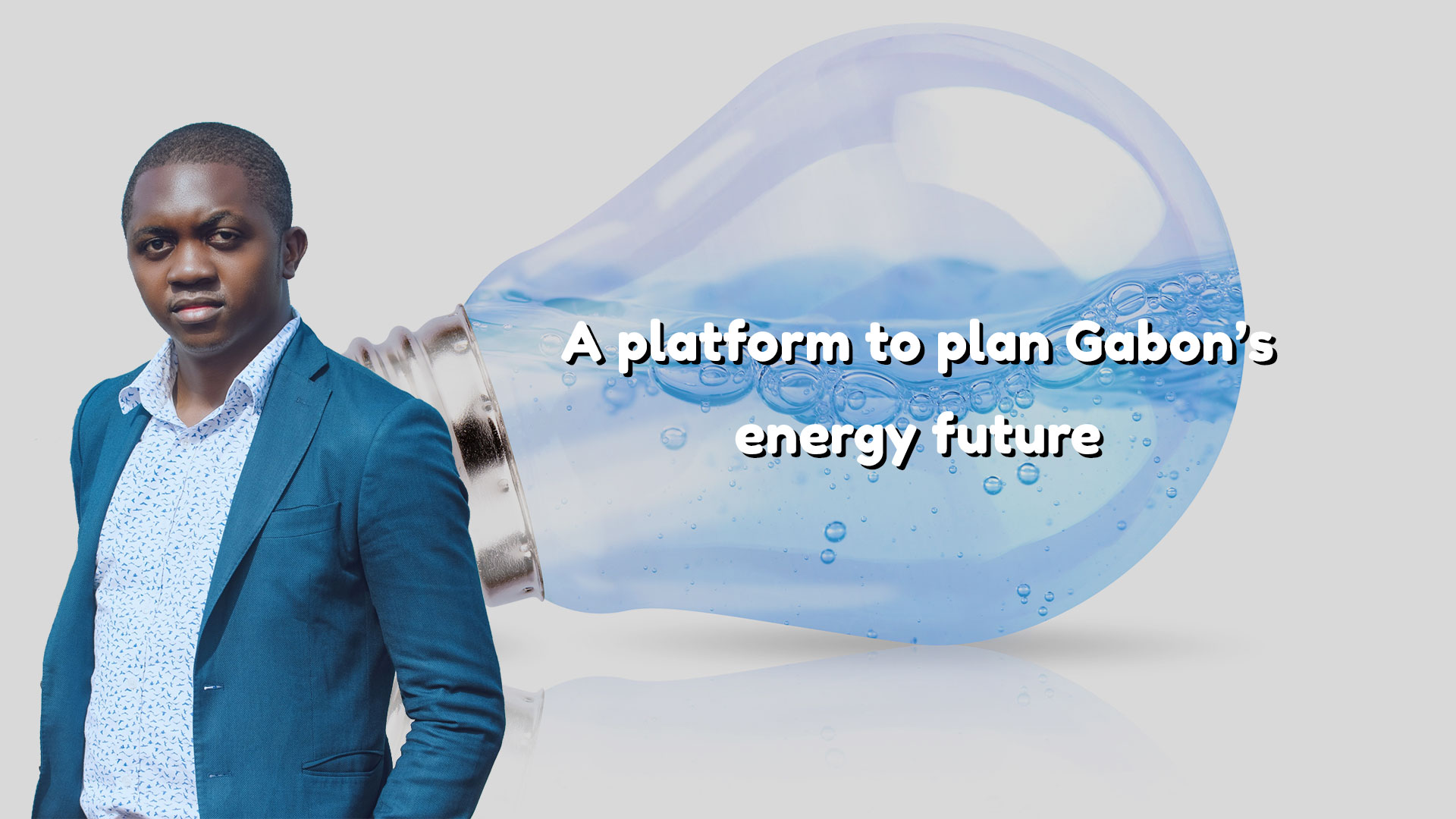At the IEEE PES General Meeting 2025, I had the opportunity to engage with the team from DIgSILENT, developer of PowerFactory, widely recognized as one of the leading global software platforms for power system analysis.
Deployed across Europe, South Africa, Australia, and Latin America, PowerFactory supports utilities and engineers in both strategic planning and operational studies.
A Complete Tool – From High Voltage Substations to the Household Meter
One of PowerFactory’s main strengths is its ability to cover all voltage levels, from low-voltage households at 400 volts up to the most complex HVDC networks. It can model both balanced and unbalanced systems, integrating generation, transmission, and distribution into one environment.
Unlike real-time SCADA systems, PowerFactory is designed for simulation and planning. It allows engineers to study different time horizons:
-
Short-term: testing new transformers, grid reinforcements, or demand changes.
-
Medium-term: forecasting demand growth using load forecasts and weather data.
-
Long-term: planning infrastructure development up to 20 or 30 years in advance (technically even up to the year 3600).
Integrating Renewables and Hydropower
Beyond conventional modeling, PowerFactory incorporates today’s energy transition realities:
-
Solar PV and electric vehicles, with their impacts on distribution networks.
-
Hydropower modeling, including cascade reservoirs, inflows, and storage optimization, key to fine-tuning hydroelectric generation.
Protection Studies and Fault Management
Another critical capability is network security and reliability. PowerFactory includes protection audits and coordination assistants to simulate faults (such as short circuits or ground faults) and suggest optimal protection settings.
On the distribution side, its reliability and outage management modules can recommend the best restoration strategies, minimizing downtime and customer impact.
Why This Matters for Gabon
When applied to the Gabonese context, the relevance becomes clear. Today, our dispatching tools focus only on generation, transmission, and distribution. The chain is not analyzed end-to-end:
-
The commercial side, households, billing, and demand management, is disconnected.
-
Forecasts are made in silos: distribution looks only at extensions, production only at supply vs. demand, without an integrated vision.
-
Fault simulation is almost non-existent, even though Gabon suffers from a TIN (average annual outage duration) of over 350 hours, far above international standards.
A platform like PowerFactory would allow us to simulate system behavior at every point, forecast the impact of outages, and optimize restoration actions. In a country where power cuts significantly affect the economy and daily life, this kind of predictive modeling could drastically improve resilience and service reliability.
Beyond technical benefits, the strategic value is immense: anticipating long-term needs, optimizing hydropower and solar integration, and providing a holistic analysis of the entire energy chain, from generation to the end consumer.
This exchange with DIgSILENT highlighted a key lesson: the future of power systems lies in integrated, global simulation, not fragmented analysis. For Gabon, investing in such tools means building an energy system that is sustainable, transparent, and resilient, ready to meet both today’s challenges and tomorrow’s opportunities.
Steven OBAME











